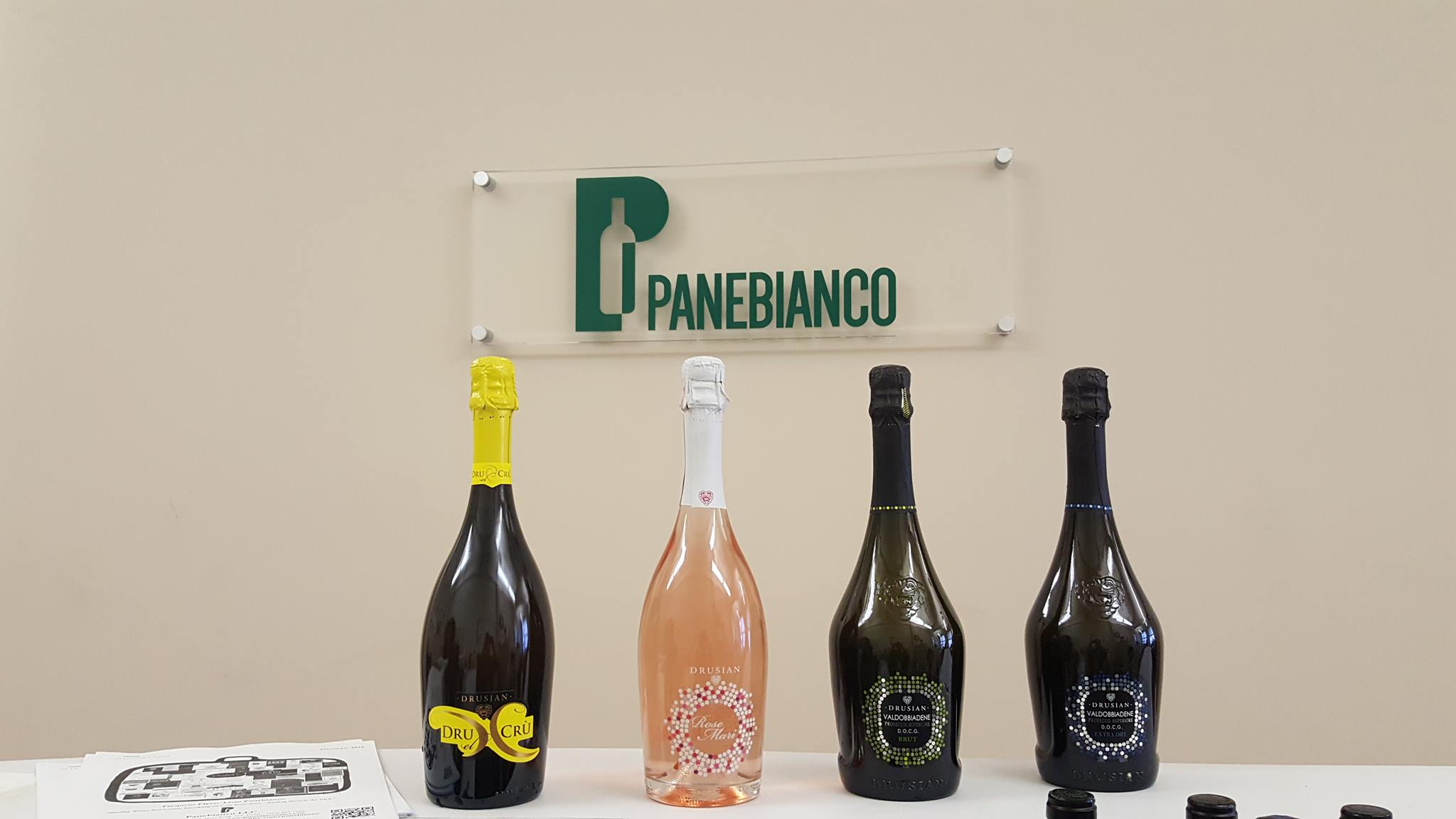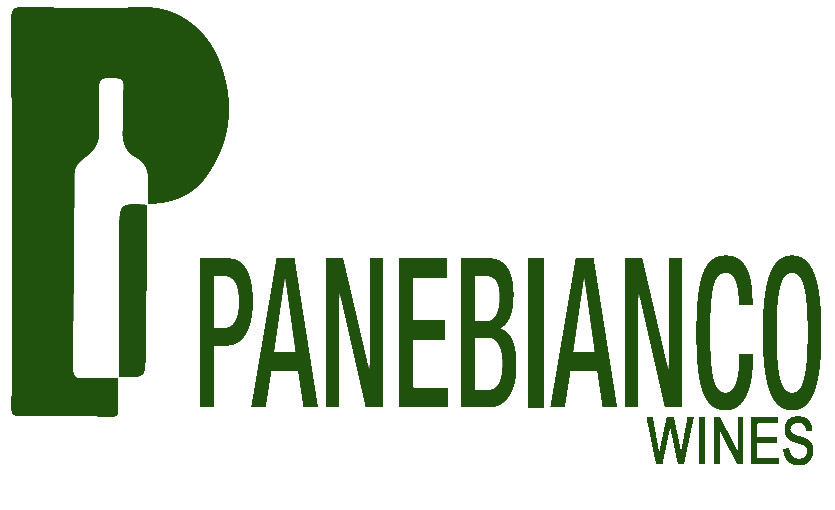The Wolf Post, supported by a Cultural Association, offers a professional service with free access, without subscription.
For this reason, a donation would also be a sign of appreciation for our work.
The history of Panebianco Wines is almost forty years long. A story that begins in Sicily where Livio Panebianco was born, breathing the culture of quality Italian wine since he was a child.
Panebianco transforms his passion into a professional path that, from Palermo, takes him to New York where, in the 1980s, he offers customers novelties that were little known in the New Continent at the time.
Over the years, Panebianco Wines has managed to establish itself on the US scene, bringing out the quality of some of the best Italian wineries. In particular, the focus is on small and medium-sized wineries with fine wines, not always available in the United States.
Today, the President of the company is Nunzio Castaldo, a professional in the import/export of the best Italian wines for the United States for over thirty years.
Castaldo has worked at the highest levels for leading export companies, crowning his long career in 2015 with the appointment as a member of the “Wines of Italy Hall of Fame” by the Italian Trade Commission, a title conferred on professionals in the wine industry. A professional who brings the name of Made in Italy abroad to high levels and to whom we asked some questions regarding his experience.

©Panebianco wines
Compared to your beginnings, how has the demand for Italian wine evolved in the United States? Is there a greater knowledge on the part of your customers of Italian wines or do they trust exclusively your experience?
The United States is a nation that has always been in love with Italian food and wine products. Therefore, in the last twenty years the American palate, both for wine and for food, has evolved significantly. This maturation has generated in the consumer an ability to choose and trust in food and wine, making research and curiosity about Italian products increase exponentially. This development, especially in the average American, is generating more and more awareness of the differences in wines thanks also to the trips to Italy that have intensified and the stories he reads and collects online. To this, I would also like to highlight the specialization of many importers and distributors of Italian wines in the USA which, together with an educational and training campaign by the sector and Italian government institutions over the last twenty years, have produced incredibly positive results. For all this, as has never happened before, it is now occurring that it is the final consumers who tend and encourage our customers (those who are authorized to sell alcoholic products) to include on their shelves and in the lists of wines produced also different from the conventional ones such as organic or biodynamic wines, varietals or less known appellations or like “natural” wines. The numbers and statistics confirm that Italian wines continue to be one of the best choices for American consumers and that Made in Italy continues to have a strong appeal for American consumers. Finally, I would like to add that every day there are many companies such as Panebianco Wines that, with their professional work and their experience, never tire of spreading and making known in their respective markets of competence the many excellences that the wine system Italian grants.
Are there wines more in demand than others, perhaps coming from specific Italian regions, or does the good name of Italian wine still win?
First of all, it is important to point out that, in recent years, there has been an increase in the consumption of “domestic” wine, coming not only and more from California but also from production states such as Oregon, Washington and New York. For this reason, companies that today want to do business in the US to sell their wines, find themselves facing a market that is more difficult to penetrate than in the past. In general, the most popular Italian wines are red ones even if in terms of numbers Pinot Grigio, Moscato and above all Prosecco di Conegliano and Valdobbiadene, authoritatively, hold a very important market share of the global market. Among the favorite reds, as already mentioned, we find the Tuscan Chianti and Brunello di Montalcino, followed by Barolo, Montepulciano, Valpolicella and Amarone. However, in the last decade the wines of Southern Italy have enjoyed great popularity and demand especially from new consumers.

©Panebianco wines
What factors influence the choice of the US consumer when buying Italian wines?
Italian wines exploit very well the popularity of Italian food and catering in the USA which, to date, is visible and present in almost the whole country. Furthermore, for many years the qualitative value of the wine has far exceeded the price of the bottle sold on the shelf compared to the French one. In short, an excellent price/quality ratio. Another factor that distinguished the Italian proposal, compared to the French, Spanish or even the one coming from the new world was that of the enormous diversity of varieties and origins of our products. This element is certainly an important factor for the new groups of consumers who tend to be less faithful to the brand, wine or varietal but attentive to the origin of production and the “farming” method. As already stated, praise must also be given to the various institutions of the Consortia, the ICE agencies and the many marketing and sales activities that are carried out every day in order to promote and intensify the spread of ITALIAN WINE in the USA. Without a doubt, today, the Italian product is much more familiar thanks also to the great American tourist flow that continues to see Italy as one of the most desired destinations. These, once back in the most disparate places in the USA, bring with them those memories, those experiences and flavors that they do not intend to give up anymore.
According to what qualitative and opportunity criteria does Panebianco wines Import select the companies to be positioned within the US market?
The setting of our portfolio has not changed, on the contrary, I would like to point out that since we acquired Panebianco Wines, the search for consolidation and specialization of the selection has become even more concentrated. Our goal continues to be to raise awareness of the differences that exist in our wine scene and therefore among the many sub-appellations of the crus in the Langhe, of the slopes of the Etna and Montalcino productions and of the differences in territory and altitude that the Chianti Classico and those valleys of Valpolicella. Just to name a few of our tasks.
Based on your experience of more than thirty years, what are the future development possibilities for Italian wines in the United States?
Before talking about the future of Italian wines, we should ask ourselves what the wine distribution market will look like in general on the sidelines of this pandemic. I believe that 2022 will definitively mark the year of recovery and, therefore, we should now ask ourselves these questions to better prepare our reaction.
What if at the end of 2022 wine sales were found to have fallen below the pre-pandemic level of 2019?
What if the polarization of the distribution (understood as Distributors and Logistics) of wines reaches higher levels than we have ever seen?
What if the reaction to the increase in online sales resulted in fewer wine shop sales?
We are still very much in a state of what if. This is not to say that we cannot make better predictions today about the future of the wine industry than we could have done a year ago. However, a small amount of precaution must be taken for what appears to be a dizzying sense of confidence regarding the future of wine sales in general. Some suggest that the correct model for understanding the post-pandemic world is that of the 1920s. The “Roaring Twenties” was a period of great social change, in which the “youth culture” changed society. Without a shadow of a doubt, it was a time of significant economic growth, built on low or no taxes, a booming stock market, and ingenious new technological innovations. Perhaps, in a few years, we will come to make the same considerations on this post pandemic. I do not know. One thing is clear. The wine industry in America is a slave to the state of the economy. Therefore, I believe that crises will continue to come in and out on a regular and recurring basis. See the economic and financial crises of ’92 and ’08, the twin towers of 2001 and the bubbles that burst from the real estate crisis. These leave strong marks but also allow resets on which to base a new and innovative regrowth; also for our sector. Today, selling alcohol requires a more holistic understanding of the business. Until yesterday, a salesman was a communicator of wine and brand products. Now, he must be an industry communicator, ready to discuss everything from supply chain issues to how tariffs affect prices to the uncontrolled dynamics of currency exchange. All this, in addition to a knowledge base of wine (this is taken for granted).

©Panebianco wines
Pandemic: how has the wine export sector changed and what critical issues has it highlighted?
I begin by emphasizing that the wine sector in the US, although it has an archaic structure and legislation, has a very low entry barrier for imported wines. Therefore, despite living in a shattered and sick social world, I am sure that the wine sector will react to cultural and social changes in a natural way because it will not change the appeal of the product or the way it is produced and sold. Instead, I believe that the main threats are represented by taxes (see the tariffs imposed by Trump), by economic malaise (see during the crisis the decline in consumption of quality wines) and by regulatory inertia (see the obstacles of the on -line and e-commerce business). In my opinion, the pandemic, for our sector, has been nothing more than an accelerator, especially for the changes and methods of purchases by new consumers. While on the one hand we have witnessed the (total or partial) closure of the main positioning channel – on-trade or HoReCa, on the other hand the pandemic has given online sales wings, giving a decisive acceleration to a trend that was in place for some years already. This is particularly true considering that in the United States in 2020, there was a positive trend in wine consumption (+ 2%), this led by the boom in domestic consumption. However, it should be noted that this is a segment as attractive as it is articulated, which is still affected by the country’s prohibitionist past, and which is characterized by a rather rigid distribution of the alcohol distribution system on three levels (those of the Producer / Supplier, Wholesale and Retailer) that cannot overlap each other (“three tier system”) except in some states. This means that an Italian winery cannot sell its wine directly from Italy to the consumer in the USA through its e-commerce site, since the bottles must be imported, cleared through customs and, therefore, sold to consumers by subjects with the appropriate licenses. Before the pandemic we operators worked very hard to ensure that the information reached the final consumer directly and quickly and now that the consumer wants to buy the wine product as he does with all the other references for daily needs, he encounters the difficulties of the regulations.








